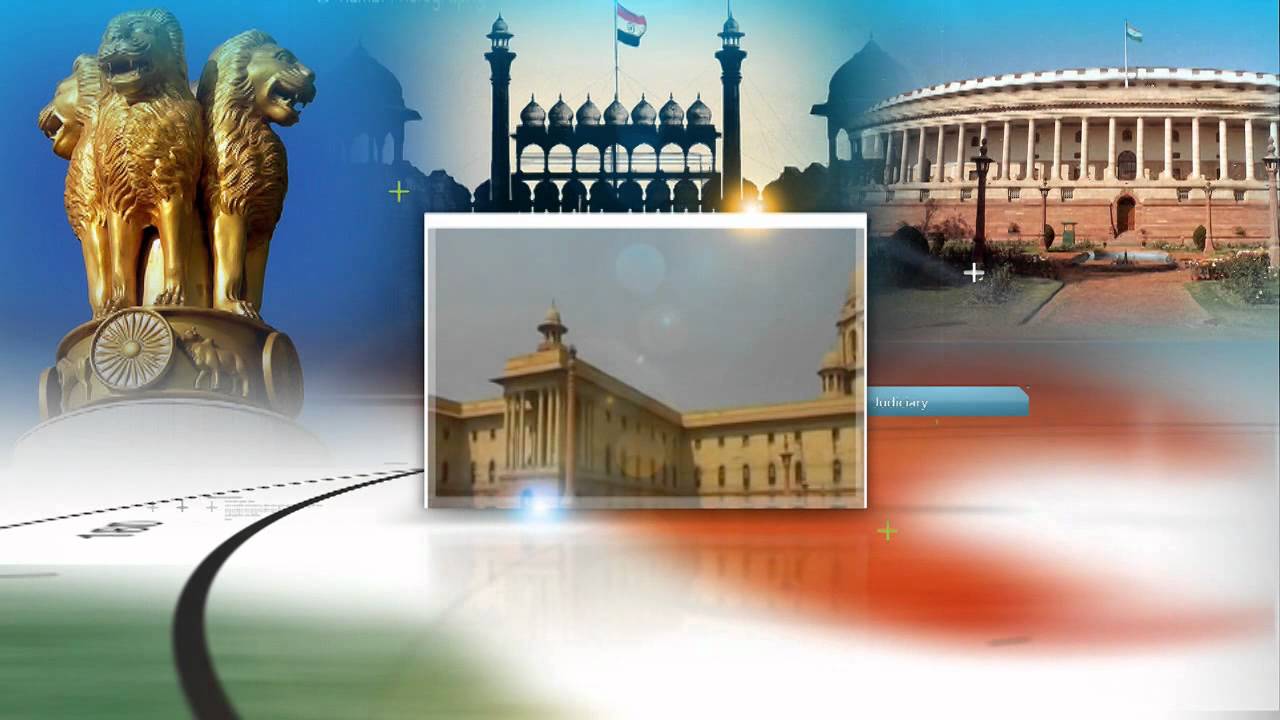Font size:
Print
Hybrid RF-VLC (Radio Frequency-Visible Light Communication) System
Context:
- Researchers at Central University (CU), IIDM, and CU J&K in India have developed a new hybrid communication method combining Visible Light Communication (VLC) and Radio Frequency (RF) technology.
- This approach aims to provide reliable, high-speed data transmission indoors while using less energy.
Background
- The growing reliance on wireless internet for professional communication, browsing, and media streaming worldwide is driving an increase in power consumption and carbon emissions.
- To address this challenge, future wireless networks must balance high computational demands with energy efficiency.
- Researchers are exploring innovative techniques to enhance wireless communication while minimising power consumption, one of which is Visible Light Communication (VLC).

Key Highlights:
- VLC employs visible light from light-emitting diodes (LEDs) or other artificial light sources to transmit data, offering a promising solution for efficient wireless communication.
- Research emphasises the need to reduce the carbon footprint and enhance network safety and reliability.
- The system achieves high energy efficiency with a Specific Absorption Rate (SAR) of about 37, lower power density, and reduced temperature elevation in human tissues.
Significance:
- Energy Efficiency: By combining RF and VLC, the system can adapt to user demand and maintain the required Quality of Service (QoS) and Quality of Experience (QoE) for various applications.
- Reduced Carbon Footprint: The system’s energy-efficient design helps reduce the carbon footprint associated with wireless communication.
- Enhanced Reliability: The hybrid approach ensures reliable communication even in indoor environments with high data transmission needs.
Impact and Future Work:
- The system contributes to reducing power consumption and electromagnetic radiation in wireless communications.
- The initial simulations indicate a promising future for the hybrid RF-VLC system, paving the way for further development and testing to enhance its performance and efficiency.
Simulation and Analysis
- Evaluations were conducted using Python, Scilab, and MathWorks tools.
- The study compared RF communication, hybrid RF-VLC, and pure VLC, demonstrating the hybrid system’s effectiveness in providing stable communication and significant energy savings.


